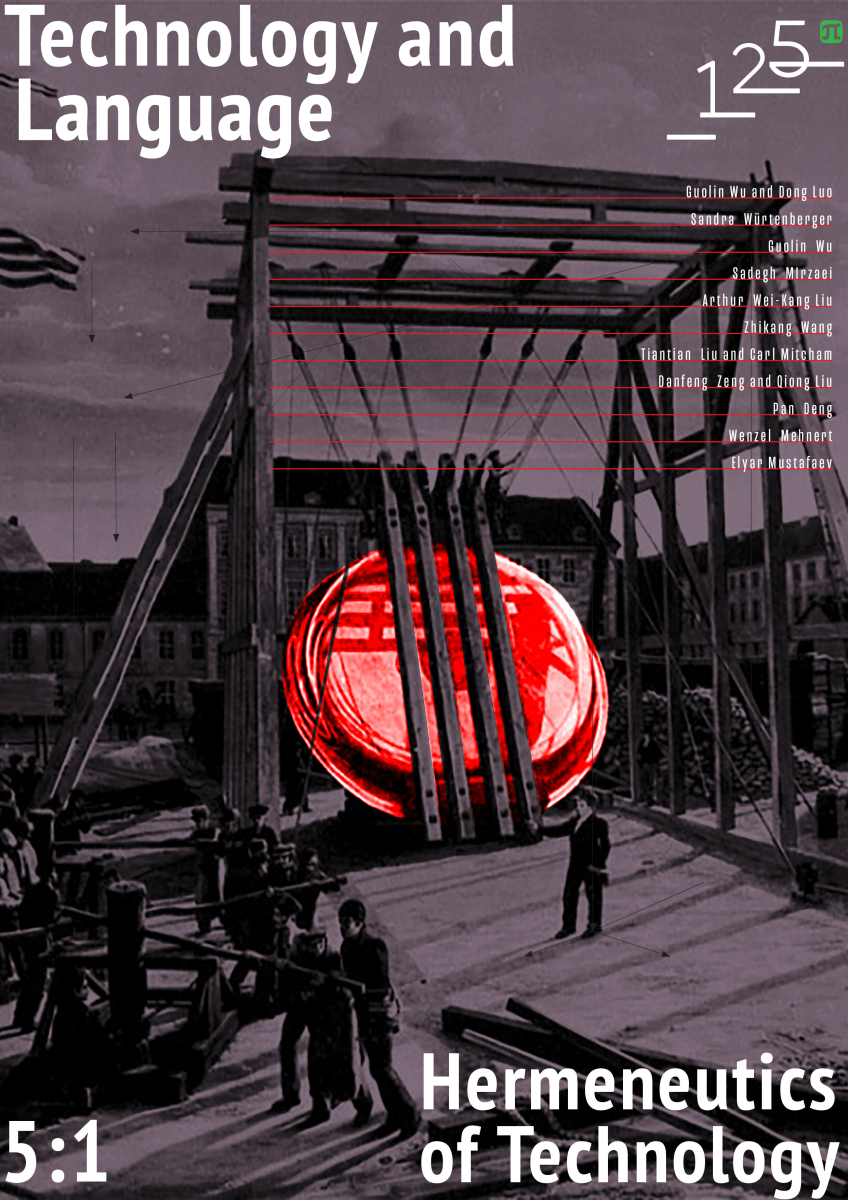“Useless Fossils”, Precious Waste and Streams of Energy. Soviet Electrification and Natural Resources for the Socialist Future (1920s – 1930s)
The young Soviet state was captivated by the idea of technological development, and the vision of progress that centered around the possibilities of electrical energy. The vision of electricity was accompanied by utopian and futuristic connotations. Technological progress was associated with Socialist political order and a desirable social future, the key characteristics of which were material abundance and social equality. The possibilities of electrical energy and of the future energy grid determined the attitudes toward nature and natural resources formulated and popularized by engineers, economists, and politicians. Soviet electrification was based on two conceptual foundations. First, reliance on local fuels (peat, oil shale, low-grade coal, water) to remove the dependence on foreign fuel. Local fuel contained moisture, ash and sulfur and required specific technical solutions (German boilers often failed). A second aspect consisted in rational fuel use. This meant the combination principle and use of secondary energy resources. Combines were understood as enterprises where the waste from one production became a raw material for another production (ash from oil shale was used to make building materials). Mineralogist Alexander Fersman spoke of “non-useful fossils” – it was necessary to use all extracted raw materials, even seemingly useless. Economists called waste a treasure and urged enterprises to use them. It is possible to speak more broadly of the Soviet culture of reuse and careful treatment of waste. This conceptualization of resources affected the materiality of electrification.



